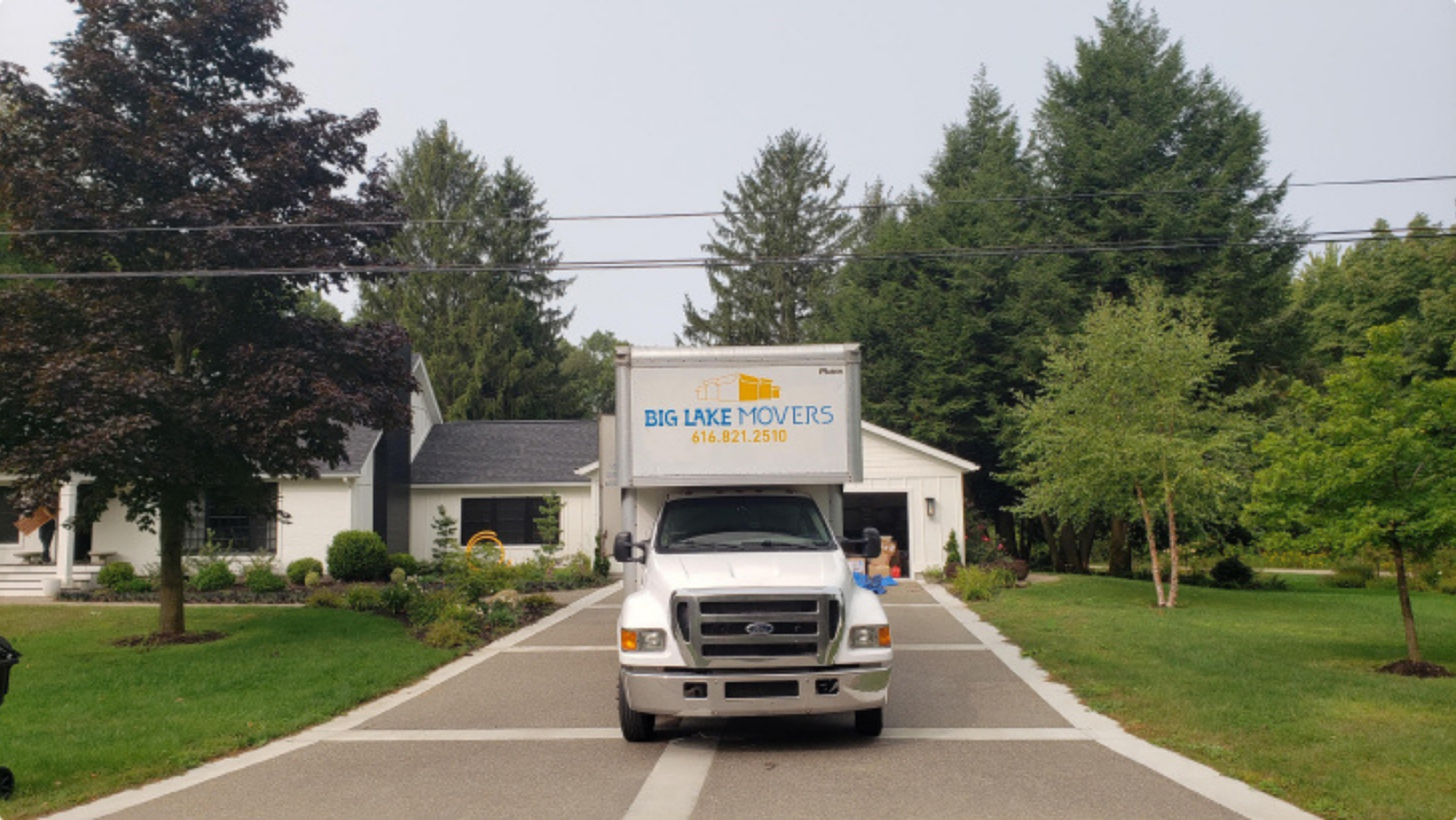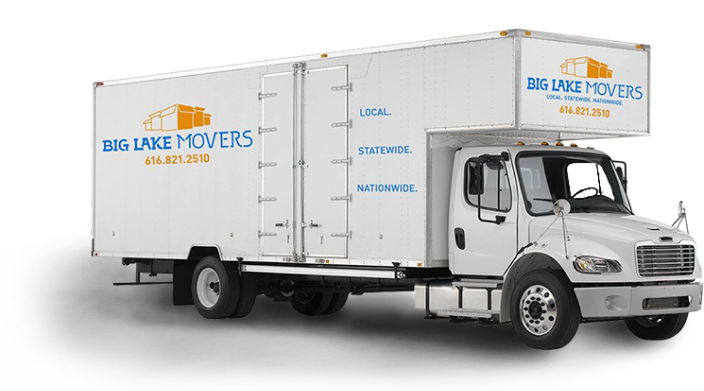It’s always risky to move your garden when switching homes. Change isn’t just hard on people – it’s hard on plants too. But if you really want to move your plants, whether one, a few or your whole garden, follow these guidelines to maximize your plants’ potential to set down strong roots in the new garden – just like you will do in your new home.
It’s easy for us to forget that house plants are living things. Thus, you have to take special care to transport them safely so they don’t die or become distressed. Extreme temperatures paired with a long drive can pose some issues. It’s always safer to transfer them into a plastic pot for the trip if they are currently sitting in heavy ceramic ones. Do this a few weeks ahead of time to give them time to settle.
Set up a Temporary Nursery
If you’re like most people, you are moving in the summer. However, while this may be good for you, it’s the worst time to be uprooting your plants. This is due to the dry weather which can negatively impact the roots. To make sure your plants will thrive in their new home, prep a temporary plot prior to the move, digging simple trenches that will accommodate your plants on arrival.
Keep Roots Moist
Before you uproot your plant, water the soil so that the roots stay moist. Dig a ring around the plant with a shovel. Be sure to keep as much dirt as you can to accommodate the root ball. Using a damp burlap sack, wrap the root ball and then place it in a planter or bucket.
Not sure how much to dig around the plant? Measure one vertical foot from the base of the trunk or stalk. Then, measure the diameter of the trunk or stalk in inches. Multiply that by 18. This is the number of inches the root ball should be.
Pack Them for the Trip
Plants should be the last on the truck and the first off. In fact, it’s better to take them in your own car where you can control the temperature and ensure they don’t shift. Secure the bucket or planter to prevent slips and slides. When you have arrived at the new home, cut off any roots that were damaged during transport, putting them in the watered, temporary trenches.
To get optimal water retention in your trenches, mix the soil with peat moss or wood chips.
As we said above, it’s always a risk moving a garden, but if you really want or need to bring it with you, we hope our tips provided some guidance.
Contact Big Lake Movers
For a free moving quote and to learn how we can help you move your garden, contact us at one of our three locations today.




